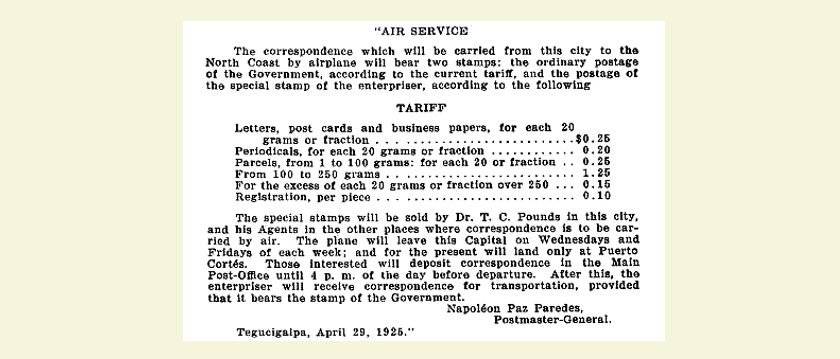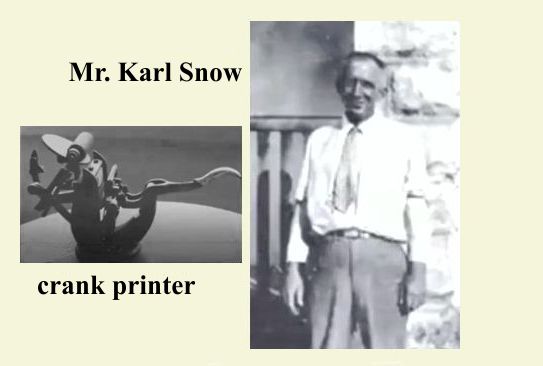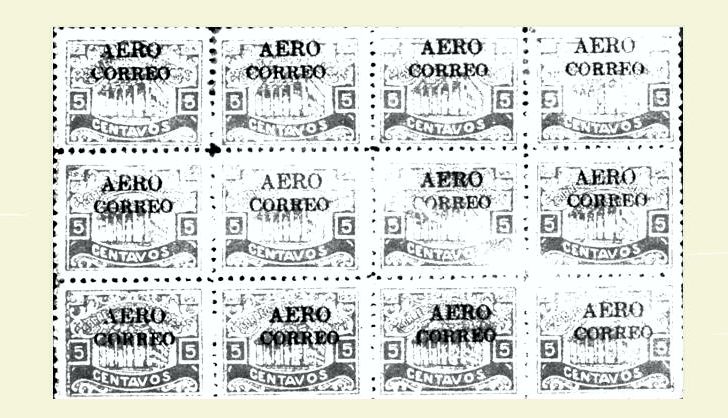Pounds Enterprise
In October, 1922 Postmaster General Eusebio Toledo formed a contract with T. C. Pounds Enterprise for an airmail service between Tegus and the north coast. It was approved by the President in December, 1922. This contract has two articles of interest.
The contract would become effective five months after the start of the service if Mr Pounds certifies during the first five months that his trial period has been successful and he wishes to continue. Secondly, if such a notice is received the contract will last for two years. Nothing resulted from the offer for thirty months. Beginning in 1924 a subsidiary of a subsidiary of the United Fruit Company had been operating flights between Tegus and Tela carrying employees and company communications.

On April 25, 1925 the Tegus newspaper El Cronista published that the Pounds Enterprise was about to materialize. The airplane was ready and flights were to begin carrying correspondance and passengers. Persons desiring to send letters could deposit them until Wednesday at the house of Mr. Carlos Snow where Mr Pounds operated his business. The first flight took place on April 30 or 31. A few days before the flight the following appeared in the press for several days:

One notes from above that mail carried by Pounds Enterprise was required to have two stamps: the regular postage stamp of the government (6 centavos to the United States) and a special stamp of the contractor. The service was suspended in the latter part of June because of airplane damage. The contractor's stamps were not used when flights resumed in October. Then seven flights were completed before the airplane was damaged again. So ended the service of the Pounds Enterprise. Their regular newspaper advertisements were ended in February, 1926.
Mr. Pounds requested a supply of printed stamps to be used on letters carried by his service. Unable to timely meet his request, the Postal Department gave Mr. Pounds a quantity of remainders of the 1915-16 issue from storage. Most of the remainders supplied to Mr. Pounds were without gum or stuck together and had to be soaked. Mr. Pounds was to overprint these for his service.
The stamps were duly overprinted for Mr. Pounds by a Mr. Karl Snow who had a small crank printer in his basement. The stamps were overprinted in a gibberish "AERO CORREO," perhaps suggesting that the gentlemen were both careless and monolingual Americans. A quantity of Mr. Snow's creations were dropped off at the post office to be sold there.

The Pounds Enterprise was forced out of business by his pilot, Sunny Morgan, who attached the airplane for unpaid salary. In early 1926 Mr. Morgan, who had bought up all remainders of the contractor's stamps, tried to sell them to recoup his lost salary of $900. He went to New York and sold the lot to Scott Company for $900. Mr. Luff had been given a heads up by Mr. Durón in Honduras, a connection that was to have a major effect on Honduras stamps.
About September of 1926 fakes of the airmail stamps started appearing. They were made from new settings and in blocks of nine instead of twelve. They were printed by the new "Central American Airlines" even though they had no planes to fly and had no use but to sell to American stamp dealers.

It is impossible to determine if you have a real or fake stamp without access to a chart showing the plating of the original printing. Such information exists but is carefully guarded by organizations in Pennsylvania and New York selling certifications of authenticity. The New York group states that if you would like the plating of your stamp the certification fee doubles! But they must use the plating to certify your stamp. How about them apples?
-------------------------------------------
The Alleged First Airmail Stamps of Honduras by John Myer in the American Philatelist August 1940 pps 704-707.
The Red Honduras by Irving Green in the American Philatelist October 1952 pps. 70-71.
The Rarest Air Stamp -the Black Honduras by Irving Green in Aero Philatelist Annals July 1954 pps. 5-27.
8/24

